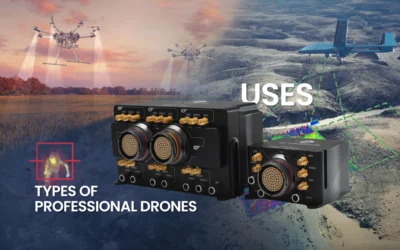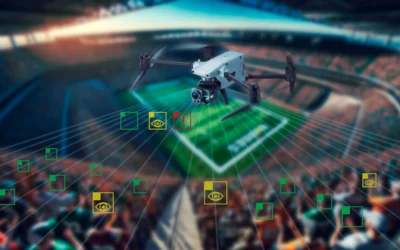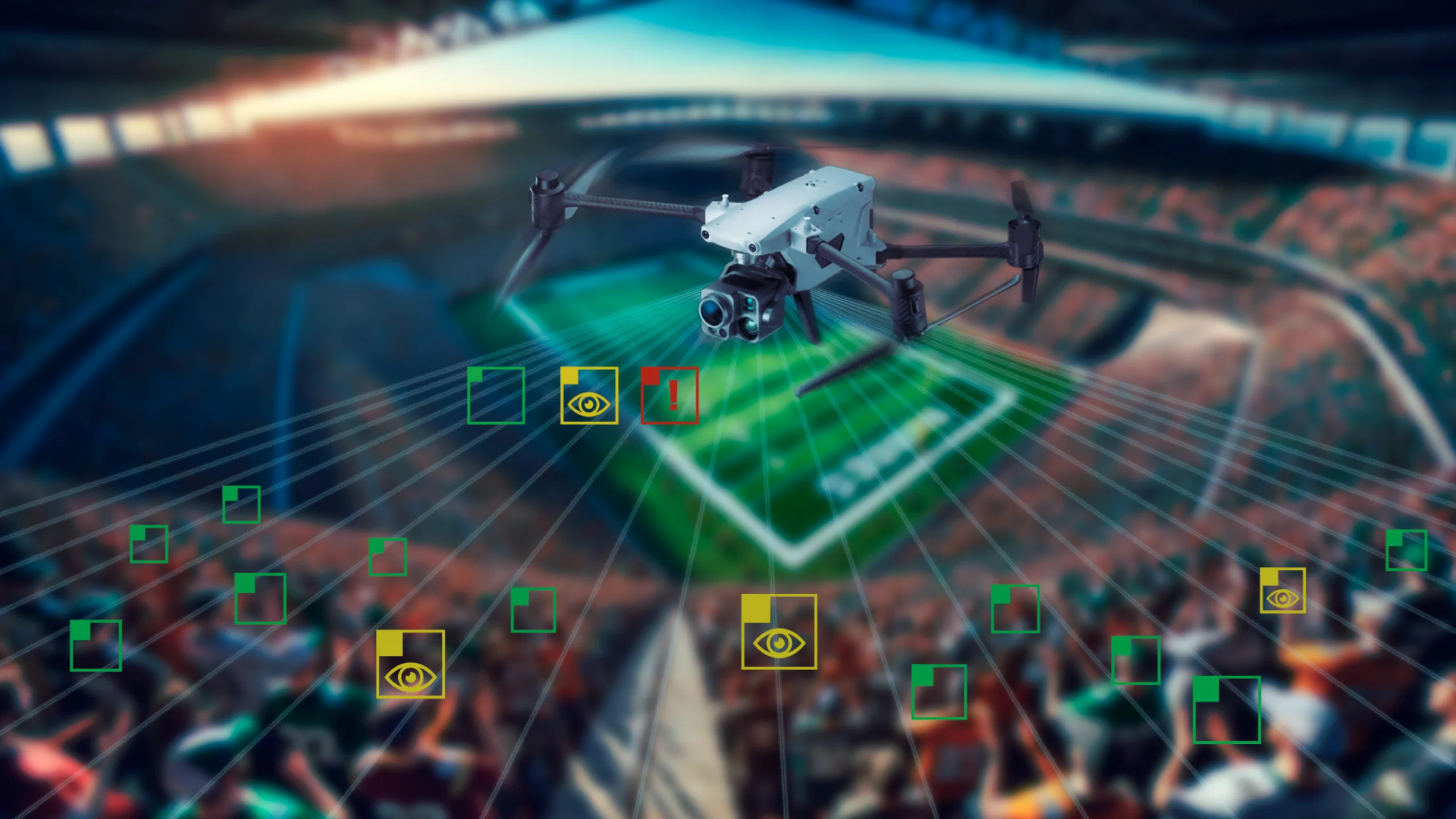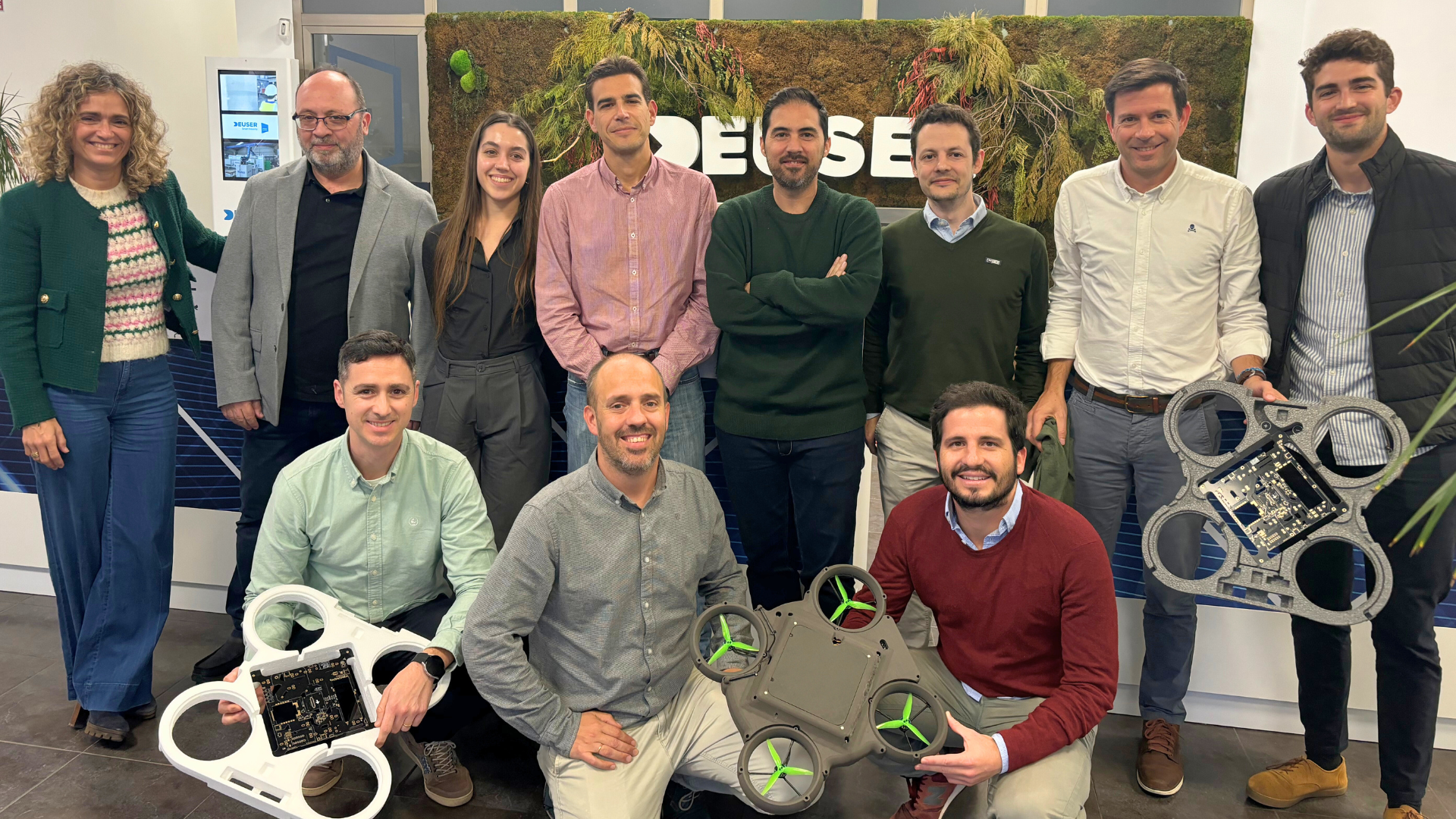When we think about the future we may imagine flying cars, food impressed, printed food, meetings with holograms, delivery with autonomous drones, and other not so crazy technologies.
Last week, an important step for the UAV sector, especially for autopilot industry, has been carried out. U.S. aviation regulators have approved the first fully automated commercial drone flights, granting a small Massachusetts-based company permission to operate drones without hands-on piloting or direct observation by human controllers or observers.
FAA regulations
Until now, UAV use has been drastically blocked, reduced, or in many cases eliminated in the USA. This is because FAA regulations required visual observers (VLOS) stationed along the flight path to keep eyes on the airspace either at all times or when required. This statement is collected in the 14 CFR Part 107. Operating at variance with those statutes requires an appropriate combination of operational waivers and exemptions. The process to validate the UAV operations and to get these exemptions from the FAA has been very hard and rigorous but this situation has changed.
The validation for fully-automated commercial UAV operations has been possible thanks to the compliance of the following key points:
- UAV ground control stations must display in real-time the following information: altitude, position, direction of flight, and flight mode. This information must be available at all times to the Remote Pilot In Command (RPIC).
- RPIC must ensure that the detecting system identified in the application is operational and will identify any non-participating aircraft prior to their entry into the UAV flights planned in the operational area.
- The UAV must audibly and visually alert the RPIC of the degraded system performance, UAV malfunction, or loss of Command and Control (C2) link between the ground control station and the UAVs.
- If the RPIC loses command or control link with the UAV, the UAV must follow a predetermined route to either reestablish link or immediately be recovered or landed.
System certification through FAR Part 21.
The European stage is quite different, EASA is developing the UAV framework yet. However, during the last months, EASA Drones is catching a run and it is very probable that they will follow the FAA steps in Automated Commercial Drone Flights.
Leaders in Autopilots and Components for Drones & UAM
From Embention we are ready for the challenge. Our wide experience in certification processes and our products themselves allow us to satisfy the requirements of the FAA mentioned above. Being our ground control stations able to alert in case of UAV malfunction and to display in real-time: altitude, position, attitude, and flight mode. In addition, Veronte Autopilot 4x presents the necessary redundancy to satisfy FAR Part 21 requirements.















